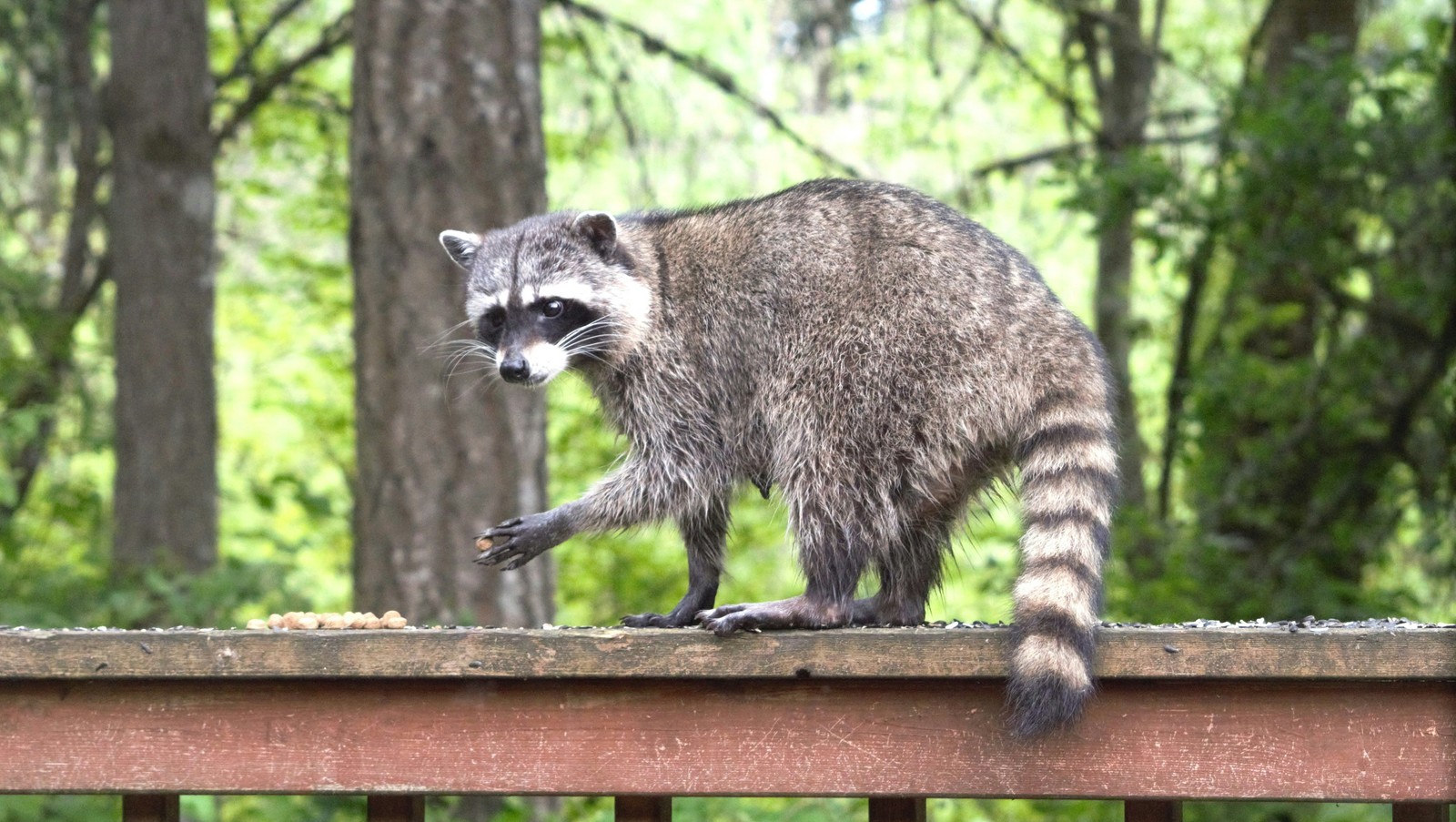Life finds a way
From raccoons to foxes: take a look at 12 types of "urban wildlife"

For many Americans, seeing a black bear scratching its back on a pole in a city street is not that strange. Many mammals, birds, reptiles, and insects that eat a wide variety of foods are moving in and changing their behaviors as they learn urban survival skills.
Image: jennifer uppendahl
1
Coyotes

Coyotes have a natural talent for survival, and they are built to thrive in any environment, including cities where food is readily available everywhere.
As it has been noticed multiple times, coyotes have deciphered how semaphors work and wait for the red light to cross the street.
Image: Ray Hennessy
2
Black bears

Studies have shown that female black bears living in urban areas aged one to one and a half years weighed nearly twice as much as their country counterparts. Some of those urban female bears produced cubs, while none of the rural bears of the same age reproduced.
Curiously, bears seem to know when it is trash day and will scavenge for food in trash cans on those dates specifically.
Image: Bruce Warrington
3
Raccoons

Raccoons that live in urban environments are more exploratory than their country cousins, taking more time to investigate the squares. Some raccoons even figure out how to yank bungee cords off of trash cans .
These city animals are also more social, traveling in pairs more often than their rural relatives.
Image: Ralf Volkmer
4
Bald eagles

Believe it or not, in the 1960s, the bald eagle was on the verge of extinction due to the use of pesticides. But since those pesticides have been banned, their population has rebounded, and they're no longer on the list of endangered species.
City eagles need only a place to nest and a clean source of food, which can even be a trashcan, and they’ve figured out how to use city infrastructure like cellphone towers, bridges, and cranes along waterways .
Image: Alexas_Fotos
5
Pigeons

Possibly the most urban animal on the list, aside from rats, pigeons are uniquely suited to urban life. They can recognize human faces , so they know which people have fed them before.
These creatures have an incredible ability to distribute themselves, so there are never more pigeons than available food. A park with twice as much food as another park will also have twice as many pigeons.
Image: Dawood Javed
6
Booklice

Whether we see it or not, our homes are filled with insect life. One of them, booklice, has found that the starch in book bindings makes an ideal food source.
Booklice have adapted to suck the moisture directly out of the air and can live off that vapour for three weeks, avoiding dehydration.
Image: Brett Jordan
7
Squirrels

Squirrels and urban environments have gotten along for a long time now. There’s ample food and shelter, and few natural predators. They’ve learned to live in much greater densities in cities than they do in other environments, and they can tell which humans will feed them .
Image: Mark Brennan
8
Sparrows

The sparrows that live in New York City have become night owls, staying out later to feed because the bright lights around buildings draw plenty of insects .
Image: Carlos Quintero
9
Rats

Almost no one would call a rat clean, but contrary to popular belief, city rats tend to carry fewer diseases and parasites than rural ones because they have less contact with livestock excrement from farms, and their human neighbors don’t harbor many parasites.
Image: Joshua J. Cotten
10
Ospreys

Ospreys have seen their numbers grow in North America partially because they have forsaken trees in favor of building their 250-pound nests on power poles, cell phone towers, channel markers , and other human-made structures.
Image: KaroGraphix Photography
11
Crows

Crows are very smart creatures, and they have learned to use the city infrastructure to their advantage. These birds drop nuts and bones from great heights to crack the hard outer shells so that they can reach the food inside. City crows simply drop the previously impenetrable food into the street and let the cars crack it open .
Image: Veronica Dudarev
12
Tomcods

Nature can adapt to almost anything, and tomcods are living proof of this. A very polluted segment of the Hudson River is home to these humble fish, who have adapted to its contaminated waters through genetic variations that allow them to thrive in such conditions.
Image: John Werner





